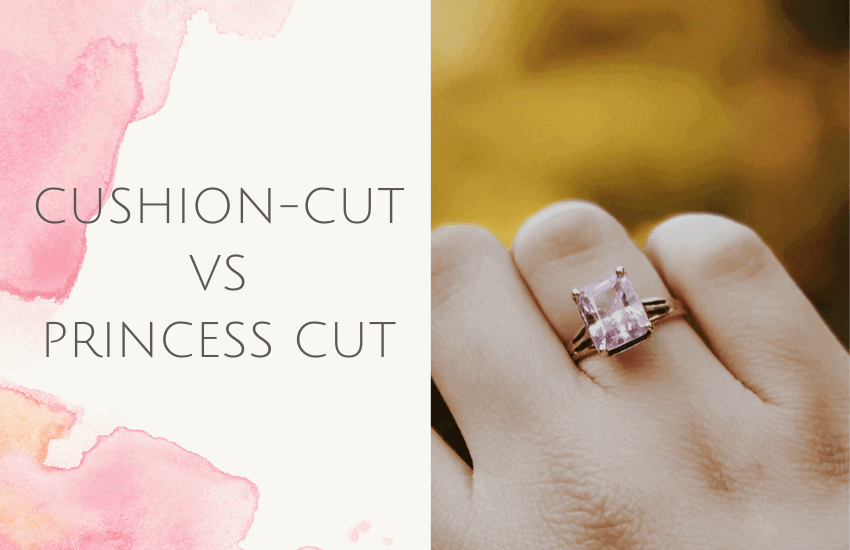- How to Clean Alex and Ani Bracelets - January 2, 2023
- Best Tiffany Engagement Rings That We Totally Adore - July 6, 2021
- Best Earring Backs You Should Totally Opt For - June 25, 2021
More often than not, people focus on the shape of the center diamond when looking at a diamond ring. Naturally, you want the center diamond to have near-perfect clarity so it sparkles and garners all of the attention.
This is where the diamond’s shape journey begins. It has an impact on everything that comes afterward, from the smaller diamonds that surround it to the structure of the band. The style of the rest of the ring should complement the center diamond, but more importantly, the center diamond should look elegant on the hand.
Diamond cuts have evolved over time, and today, there are plenty from which you can choose. Starting with a simple cut in the 15th century to the unique (albeit a bit cheesy) heart shape you can get today, they come in all shapes and sizes.
While the round cut is still the most popular and iconic cut today, many couples are choosing to adorn their engagement rings with more elegant shapes. It helps to express individuality and sets them apart from others.
Cushion cut vs princess cut diamonds offer strong characteristics that aren’t for everyone. They’re contemporary and chic, but the hard edges may turn some people away. They’re both incredibly beautiful, and if they do appeal to you, they have a ton of personality.
Main Differences Between Cushion Cut Diamonds vs Princess Cut Diamonds
The main differences between cushion-cut diamonds vs princes cut diamonds are:
- Cushion cut diamonds have rounded corners, whereas princess cut diamonds have straight edges and sharp corners.
- Cushion cut diamonds cost roughly 20-25% less than a round brilliant diamond per carat, whereas princess cut diamonds cost, on average, 30% less.
- Cushion cut diamonds have 58 facets, resulting in a lot of sparkle and fire, whereas princess cut diamonds have 57 or 76 facets, giving them incredible brilliance and making it show color impurities better.
- Cushion cut diamonds hide impurities well, whereas princess cut diamonds must be nearly perfect or they’ll show their impurities very well.
Cushion-Cut Diamonds
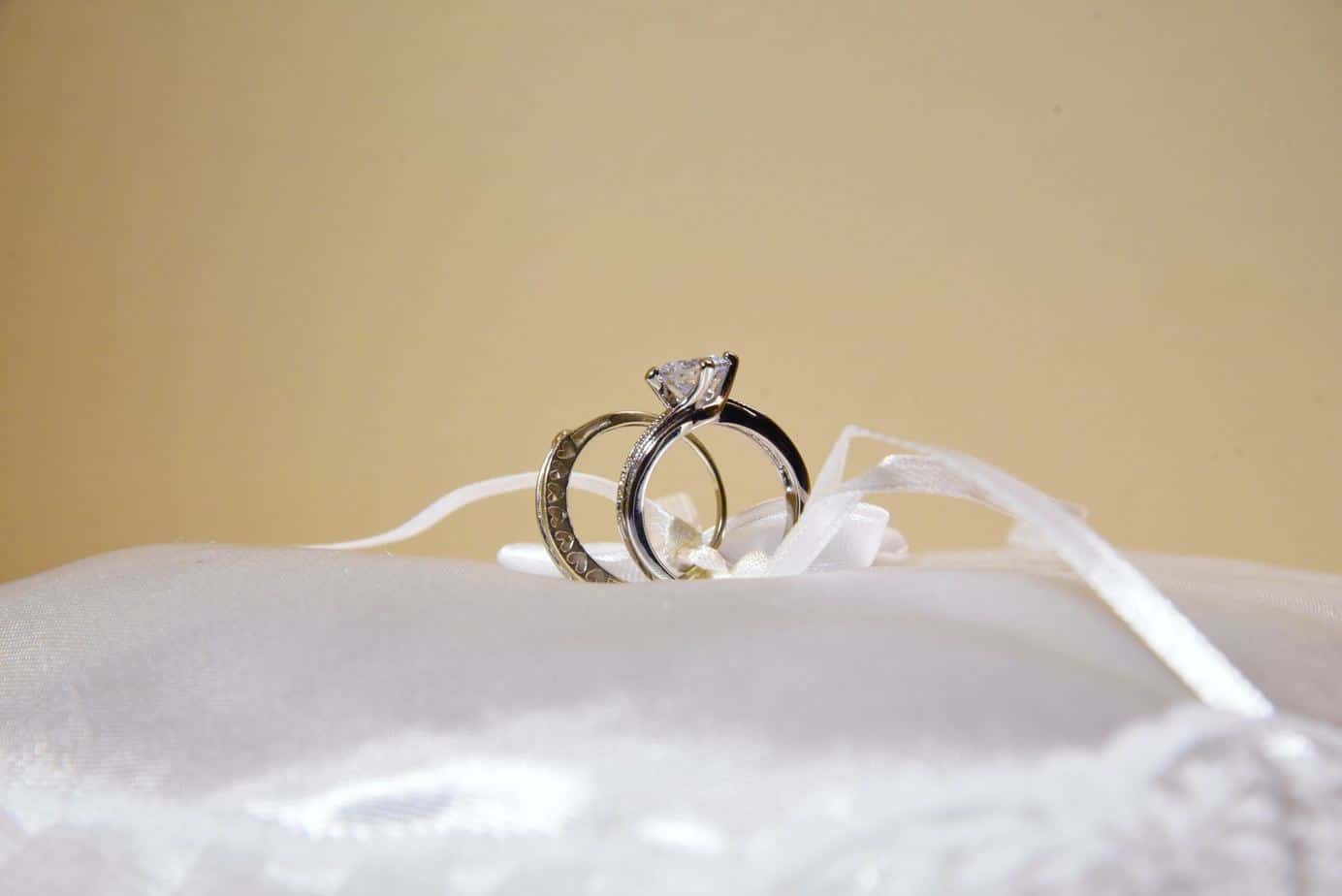
Cushion-cut diamonds are recognized by their rounded square shape. The rounded edges give the square a softer look, and the increased cuts can make it a lot more sparkly than a traditional princess cut. The shape can be seen all the way back to the 1700s, but it didn’t look like it does today. It started out as an old mine cut, which increased the 17 facets in a round rose cut to 33 facets to make a rounded square.
Cutting round diamonds by hand took a lot of skill, so jewelers at the time had an easier time mastering the rounded square shape than they did cutting diamonds all the way down to circles. This paved the way for the modern cushion cut that has 58 facets.
For nearly two centuries, the cushion cut was the most popular diamond shape, much like the round cut is today. While its popularity waned for a bit, it’s made a huge comeback recently. The old mine cut wasn’t nearly as brilliant as the cushion cut, which was modernized in the early 20th century.
What’s so unique about the cushion cut diamond is that it features elements of roundness that make it look more traditional and combines those with geometric lines that keep it modern. Both of these characteristics work together with the 58 facets to make it incredibly brilliant with a lot of fire.
It shares similarities to the radiant cut, but it’s less angular and much softer than the princess cut. Its rounded square edges are reminiscent of a pillow, which is where it gets its name.
Cushion cut facet patterns
The fire of a diamond refers to how it reflects the rainbow when light hits its facets and disperses through your line of sight. The cushion-cut has 58 facets, but there are a variety of different patterns achievable through this cut. Depending on how the cushion cut is structured, it can show one of three pavilion patterns. The bottom side of the diamond will display either four or eight kite-shaped facets between the girdle and the culet.
Traditional cushion cut diamonds also have between four and eight facets in the pavilion that give it a pattern similar to the round brilliant cut. Some cushion cuts have an extra row of facets, making them modified cushion cuts. These types of cuts can achieve even more fire that looks like crushed ice. It’s less brilliant than a classic round cut, but still very sparkly.
Cushion cut ratios
There are several different ratio variations in this shape. It could be an even-sided square, but it may also come as a rectangle, which is called an elongated cushion.
While both are beautiful, it’s important to understand the differences, because if the distinctly rounded square is what you’re looking for, you’ll have to make sure it has that. Poor ratios result in cushion cut diamonds that look more like round or radiant cuts.
The ideal ratio of a square cushion cut diamond is between 1.00 and 1.03, but 1.03 to 1.05 will still create a gorgeous diamond. The naked eye wouldn’t be able to tell any difference between them. Elongated cushion cuts should have a ratio of 1.15 to 1.20 to be considered excellent, but 1.20 to 1.30 is still very good and can create a wonderful elongated effect.
Complementary side stones
Luckily, the cushion cut is versatile, so there are a lot of different ways you can design a ring around it. However, the elegance of the cushion cut also lends itself well to being the only diamond on a ring.
If you do choose to complement your center cushion cut diamond with something else, it looks beautiful with one round brilliant cut stone on either side. Megan Markle’s engagement ring is a perfect example of this. It would also look incredible with pear shapes or smaller cushion cuts on either side. Don’t shy away from something even more unique, like half-moons, trapeze shapes, or a cascading look farther down the band.
While some think that surrounding the cushion cut with a ring of smaller diamonds takes away from the elegant shape, others love this look and choose not only to wrap it in smaller gems that aren’t even diamonds but will also sprinkle even more stones down the side.
Considerations for buying a cushion cut
While cut, color, clarity, and carat are always important when evaluating a diamond, how it looks to the naked eye is almost more so. The way you perceive your favorite diamond and how it looks will matter more than almost anything else.
However, you’ll also want to consider evaluating your cushion cut for a few other unique things. Choosing a traditional cushion cut or an elongated cushion is a personal preference, and there’s nothing wrong with either, just make sure you get what you want.
You may also want to look at several examples of both a classic cushion cut and a modified cushion cut to see which you like better. It will depend on your personal style and taste.
Also pay attention to the symmetry of a cushion cut diamond because, without excellent symmetry, the stone will be off-balance. The sides of the cushion cut diamond and its corners should mirror each other to create a balanced curve.
Also evaluated the thickness of the girdle, which is the widest part of the diamond that divides the crown on the top from the pavilion on the bottom. A thin girdle is vulnerable to chips.
Pros
There are plenty of pros and cons associated with most diamond cuts. For many, the pros outweigh the cons, simply because the cushion cut is so unique.
Sparkle
The soft shape with 58 facets makes this cut one of the most sparkly and they produce incredible fire. It’s an awesome alternative to the classic round cut that’s so popular because it offers a bit more personality with nearly the same brilliance.
A modified cushion cut offers even more brilliance and the scintillation of the cut hides imperfections well, meaning you could purchase one with a little less clarity, save some money, and still never be able to tell the difference with the naked eye.
Versatility
Cushion-cut diamonds have an antique feel with a more modern look. While the rounded square shape is more reminiscent of traditional diamonds, you can put it in a more modern setting or surround it however you want to make it your own.
Whether you set it on an art deco band or choose a geometric contemporary design, this diamond shape is versatile enough to look elegant next to nearly anything. Nothing is right or wrong here. It all depends on what you like.
Price
You can stretch your dollar farther with a cushion cut because the same number of carats costs about 15% less than a round cut. This is due to lower demand and less waste when cutting. You have more wiggle room with size and setting here.
Cons
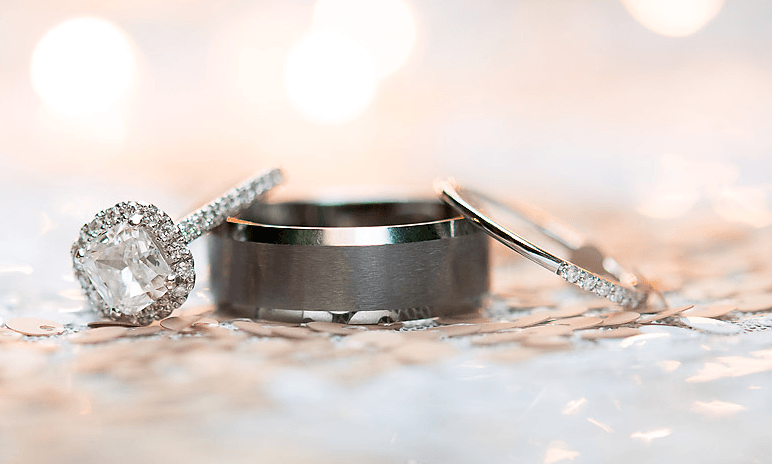
As will anything else, there’s always a downside. Luckily, there aren’t many, making the cushion cut well worth a deeper investigation.
Size
The price per carat may be a better value than a traditional round cut, but a cushion cut diamond typically looks smaller per carat as well. That’s because it has a smaller table and it’s not as deep as some other diamond cuts.
Shape
While the rounded square shape is perhaps the most appealing thing about the cushion cut, it can also contribute to its downfall. You have to look carefully for the shape you want because of all the variations.
Poor ratios are prevalent, so make sure you’re looking for a sharper square or an elongated square if that’s what you want. Cushion cut square shapes can vary greatly depending on the jeweler, which impacts its fire, brilliance, and scintillation.
Princess-Cut Diamonds
Princess cut diamonds are easy to identify because they have a geometric square shape with sharp corners. It’s strong, angular, and contemporary. It has a pyramid shape with four bevelled sides.
It was invented in 1980, so it hasn’t been around for nearly as long as the cushion cut or its antique predecessor. However, the princess cut does have some predecessors like the quadrillion cut and the French cut.
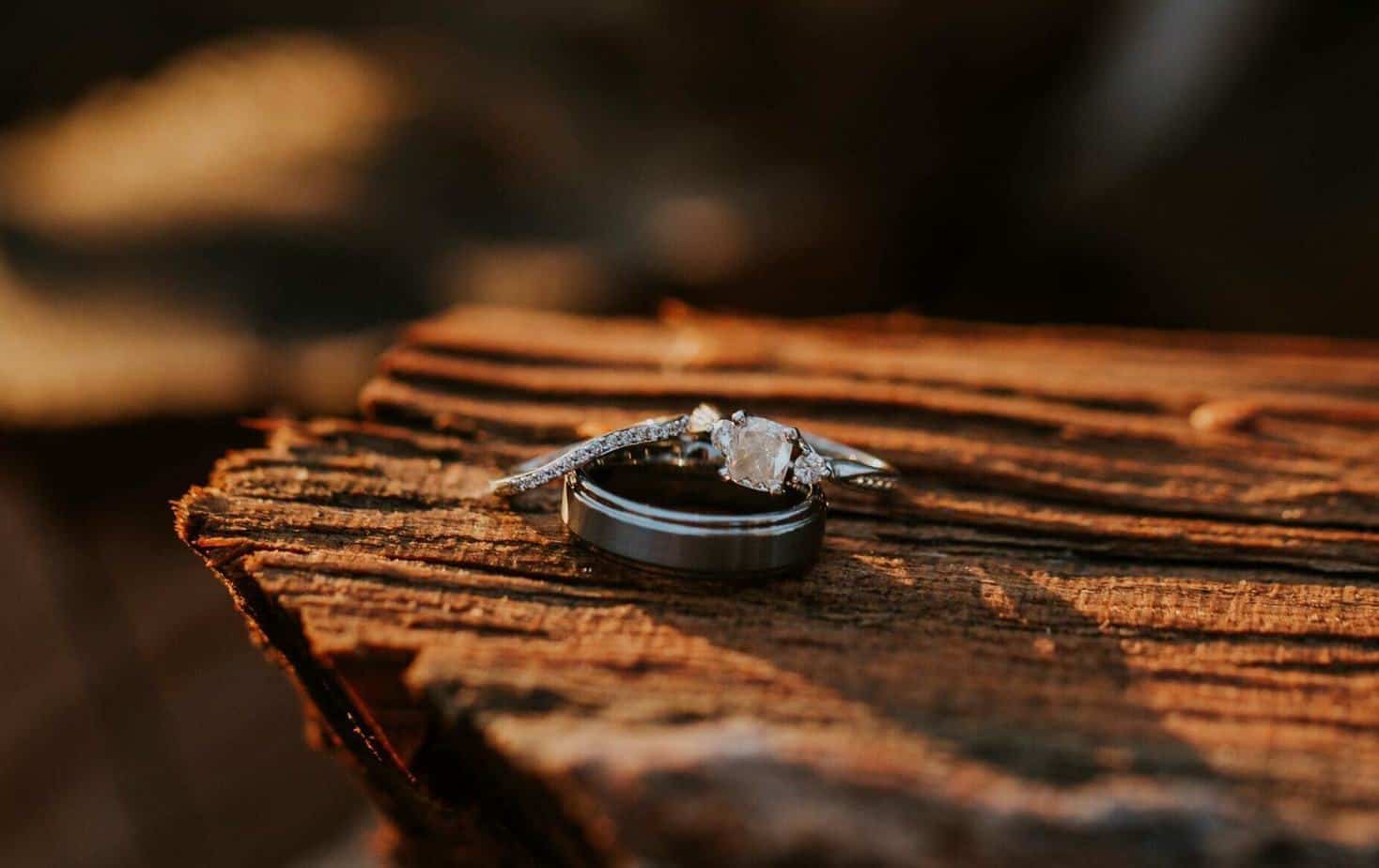
These early forms of the square diamond paved the way for the square cut’s contemporary look but excellent brilliance. The square cut isn’t quite as popular as the round, oval, or cushion cuts, but it’s still a very desirable shape.
This shape offers a unique combination of brilliance and geometry. Because square gems are often cut to produce flashes of light rather than a lot of fire, the square cut is unique in that it has more fire and brilliance than you might expect.
In fact, the brilliance of the square cut is second only to the round and the cushion cut diamond shapes.
Princess cut facet patterns
The princess cut achieves its incredible brilliance because it has so many facets. While it depends on the stone, it typically contains either 57 or 76 facets, which is an incredible amount given its simple shape. There are still variations to how the crown and the pavilion are cut, with two, three, or four chevron-shaped facets. The brilliance increases as the sets of facets increase, and each affects the way the light unfolds as it is dispersed.
Two chevron-shaped facets will produce more sparkle and appear very bright, but the scintillation isn’t as high. This cut is great for those who want a diamond that’s not quite as lively as others. A three chevron-shaped facet structure reflects even more light and maintains a high level of brilliance, which offers a nice balance between light dispersion and brilliance.
Four chevron-shaped facets give the most scintillation with tons of brilliance. The facets are smaller and more numerous here so the fire is intense, but you won’t see as much defined light dispersion. This effect is seen often in radiant cut diamonds.
The crown is also cut into two styles. One style has bezel facets, cut from the corner of the table to the corner of the girdle. The other is called a French corner and contains facets that point from the table to the corners.
Princess cut ratios
While the naked eye perceives a princess cut as a perfect square, they rarely are. The best ratio is somewhere between 1.00 and 1.05. At this ratio, you can’t tell at all that the diamond isn’t a perfect square. At 1.06-1.12, you can begin to see the making of a rectangular shape. These ratios are still highly desirable but result in a more rectangular shape at higher ratios.
Complementary side stones
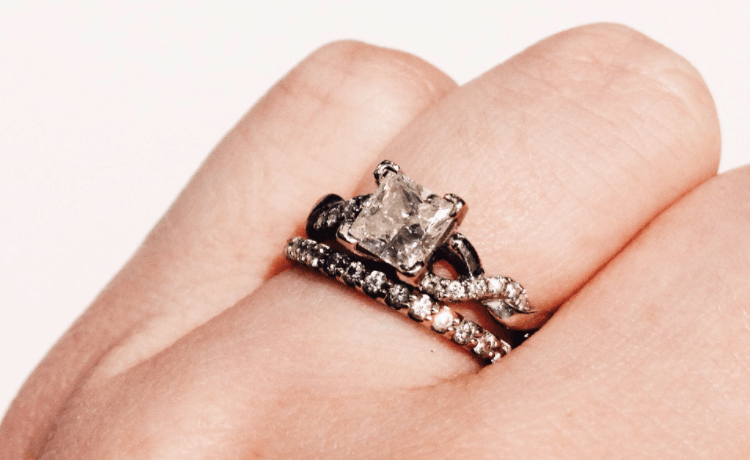
Because of its contemporary style, a princess cut diamond isn’t nearly as versatile as more rounded diamonds. It looks best flanked by other princess cuts, and sometimes baguette diamonds. You can also use tapered baguette diamonds to accommodate a smaller band, giving it a more dainty look.
You can also give the ring more brilliance and increase the geometry by pairing it with shapes like step-cut trapezoids or step-cut bullets. This continues the sharp angular lines throughout the ring and ensures they complement one another.
Considerations for buying a princess cut
As always, consider cut, color, clarity, and carat. More specifically, make sure your princess cut is at least SI1 in clarity to ensure it has the fire and brilliance that makes it so unique.
Also, pay attention to the shade of the metal against the color of the diamond. Warm metals such as rose or yellow gold will make a color grade of G-H look ice white, but white gold or platinum will show the yellow tints in a lower color grade better.
Be sure that the table percentage is less than the depth percentage on a princess cut, or it ceases to be a princess cut. Other than that, your personal preference reigns supreme.
Pros
There are quite a few pros when considering purchasing a princess cut diamond, making it one of the most popular modern styles.
Price
When compared to other diamond shapes, princess cuts are more affordable. There’s less waste in the cutting process due to its shape. Carat for carat, a princess cut may cost up to 30% less than a round-cut, which is an even better value than the cushion cut.
Size
Princess cut diamonds also tend to look larger on the finger because it has a larger surface area on the top. If you’re going for a big impact, this is the shape you want, and you’ll save money doing it, too.
Versatility
The princess cut is modern but can feel very classic, depending on how it’s set. It’s a geometric shape with a lot of brilliance, so it looks great in a variety of settings and it combines an attractive contemporary shape with great light performance.
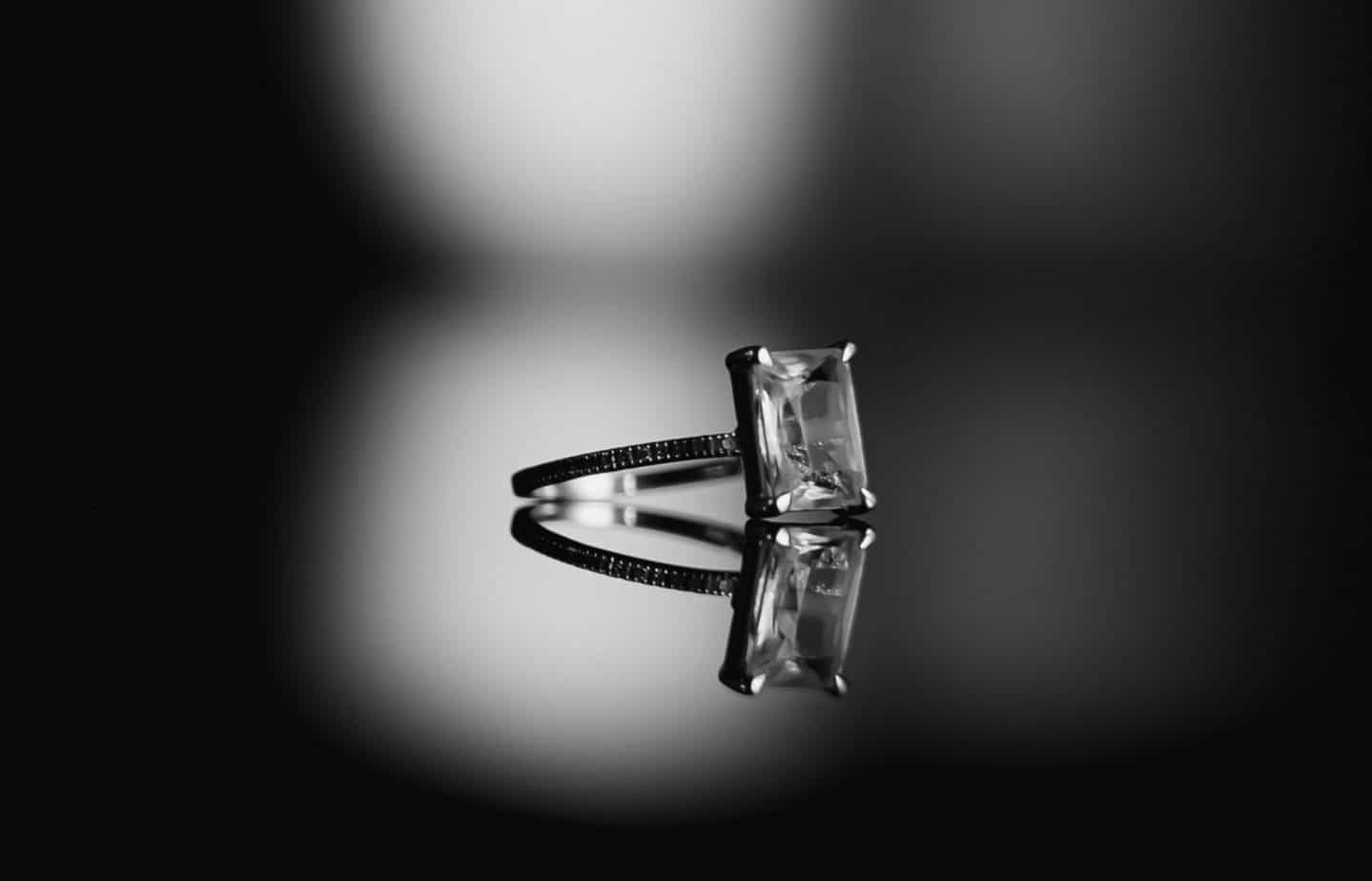
Cons
Unfortunately, there’s always a downside, and the princess cut isn’t immune to its own problems.
Delicate corners
Because the princess cut is so angular, the corners must be protected to avoid chipping. Even when the corners are protected, the prongs can easily snag clothing, which is something many people don’t like.
The girdle must also be thick enough to avoid chipping as well, much like the cushion cut.
Color
Because the princess cut has a large table, it shows its color a lot better than other diamond shapes, so great care must be taken to select a princess cut diamond according to its appearance.
In some cases, a slight tint isn’t noticeable while in other cases, especially against a lighter metal, the tint is glaring.
FAQs
Answer: It all depends on your definition of better. Cushion-cut diamonds have softer, rounded edges that produce a more romantic feel. They combine the modern aspect of a square shape with a throwback to the more traditional rounded diamond shapes.
Princess cut diamonds are sharper and more geometric, producing a more modern look. They’re not quite as versatile or as popular as the cushion cut, but they’re more affordable.
Answer: It’s not a matter of which has more sparkle, but in what way they sparkle. Each cut has a very distinct sparkle. While the cushion cut’s gleam is softer and more comparable to crushed ice or sparkling water, the princess cut will have a brighter sparkle.
Answer: This is highly subjective, but the emerald cut diamond is perhaps the most timeless of all diamond cuts. It’s incredibly elegant. When cutting an emerald, jewelers aim for higher clarity and color than any other diamond shape, often making this one the most beautiful.
An emerald cut does not hide imperfections well, which is why it’s often considered the best. They’re the most perfect in terms of cut, color, and clarity, no matter the carat.
Answer: Cushion cut diamonds are generally about 15% cheaper than a round diamond of the same size, but they can be as much as 25% cheaper in some cases. When a cushion-cut diamond is shaped, there’s less waste on the cutting room floor, which retains the cost per carat better than a round cut.
The same goes for a princess cut, and in fact, with the princess cut, there’s even less waste than with a cushion cut. That’s what makes princess cuts nearly 30% cheaper than a round cut of the same size.
Answer: If you’re going for sparkle, you can’t beat the round brilliant. It’s the most popular and the most classic stone shape. It contains 58 facets, and due to the cut, it reflects light much better than any other. It’s also the most expensive cut per carat.
Which to Choose
If you want classic beauty that reflects a more traditional look in a more modern shape, the cushion cut diamond is ideal. It maintains a look that’s reminiscent of older styles but contains a more contemporary feel.
It’s highly versatile and looks good with nearly any other shape surrounding or flanking it. It’s also very forgiving when it comes to color and clarity and doesn’t show its imperfections well. It’s more affordable than a round brilliant diamond, but it looks smaller per carat as well.
However, if you want excellent scintillation and fire, this cut produces a crushed ice effect that you’ll love. On the other hand, princess cuts are more modern and sometimes considered more fashion-forward. They have sharp lines with a clean and elegant feel. It’s timeless and contemporary, making it a popular choice among celebrities.
It’s also a budget-friendly choice, cheaper than even a cushion cut. The benefit here is that, due to its shape, it looks bigger on the hand rather than smaller. The choice is up to you. Both are beautiful, and you can’t go wrong if you love them.
